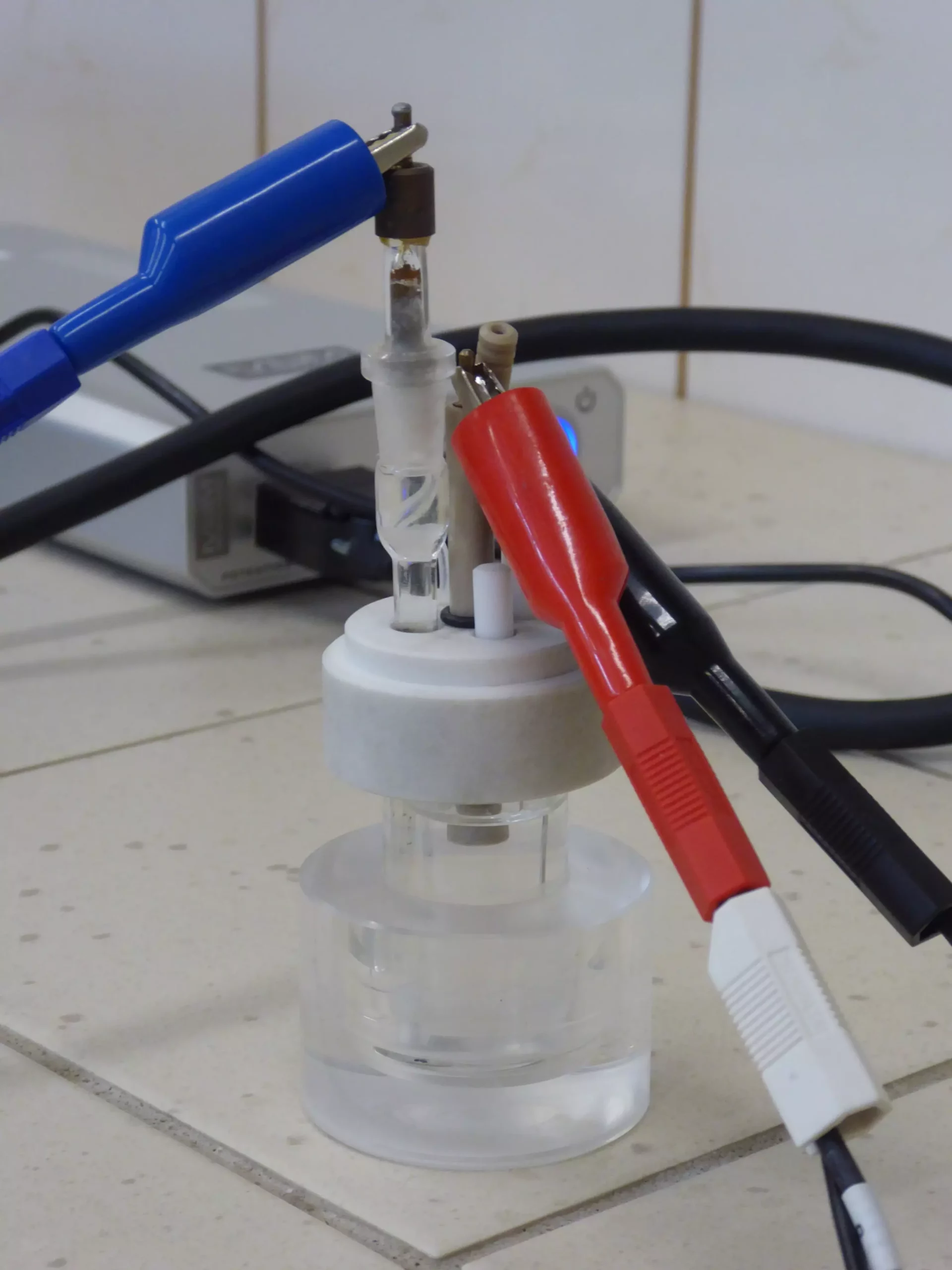The rapid increase in the adoption of lithium-ion batteries has brought with it an unprecedented environmental challenge. Over the past four years, global usage of these batteries has doubled, raising significant concerns about the mounting waste associated with their disposal. This waste often contains hazardous materials, prompting a growing demand for effective recycling strategies. As the need for sustainable practices becomes paramount, scientists are exploring innovative solutions to mitigate the impact of battery waste on the environment.
Polish Researchers Take Action
In a recent publication in the journal ChemElectroChem, a team of Polish researchers has unveiled a groundbreaking approach to recycling lithium-ion battery waste. By focusing on the carbon materials extracted from the electrodes of spent batteries, this research aims to recover valuable metals and repurpose the residual materials for catalytic applications. The researchers carried out a meticulous acidic leaching process on the electrodes, which allowed them to reclaim metals, including cobalt—known for its essential role in catalysis.
The research not only seeks to address the pressing issue of battery waste but also aims to transform these discarded materials into valuable resources that can facilitate the production of hydrogen peroxide. This compound, a crucial chemical in numerous industries, typically demands expensive catalysts and harsh conditions for its manufacture; therefore, any alternative method that is safer and more efficient would signify a remarkable advancement in chemical manufacturing.
Dr. Eng. Magdalena Warczak, the project leader and lead author of the research, emphasized the importance of hydrogen peroxide in various sectors. The standard methods for hydrogen peroxide production often involve high temperature and pressure, along with toxic chemicals, making them environmentally unfriendly. By utilizing catalysts derived from used lithium-ion batteries, the researchers aimed to develop an electrochemical method that can sustainably generate hydrogen peroxide.
Their electrochemical tests revealed that the carbon nanostructures and cobalt from the recycled battery materials exhibit impressive catalytic properties in the oxygen reduction reaction. Notably, the efficiency of these materials is largely determined by their composition and structure—the critical factors affected by the etching baths used during the electrode preparation. This suggests a potential route for optimizing recycling processes to yield materials with enhanced catalytic capabilities.
The Electrochemical Reduction Process
Crucial to the research was the determination of the number of electrons involved in the electrochemical reduction of oxygen, a reaction fundamental to the production of hydrogen peroxide. The investigation showed that oxygen could be reduced through either a two-electron or four-electron pathway. The former results in hydrogen peroxide, while the latter produces water. The experimental findings consistently highlighted that the two-electron reduction was occurring in all tested samples, validating the efficacy of the recycled materials.
To eliminate potential interference from the customary glassy carbon electrodes typically used in such tests, the researchers applied a novel setup that involved suspending battery powders between two immiscible liquids. This creative approach confirmed that the catalytic action remained consistent and efficient, even when the substrate was altered.
Exciting Implications for Industry
The implications of this research extend far beyond the scope of battery recycling. Hydrogen peroxide, a widely used chemical, has applications in diverse industries, from pharmaceuticals and textiles to food processing and space exploration. The findings from this study could pave the way for utilizing battery waste as a source of catalysts in the manufacturing of hydrogen peroxide, potentially transforming waste into a highly sought-after commodity.
While hydrogen peroxide is familiar to consumers as a disinfectant in low concentrations, its industrial use is far more expansive. Concentrated solutions play vital roles as bleaching agents and oxidizers across various sectors, and recent advances in space technology have also seen hydrogen peroxide utilized as a propellant, underscoring its versatility.
Looking ahead, the research team plans to enhance the efficiency of these electrochemical reactions to meet industrial standards, potentially allowing for broader commercial applications. Additionally, exploring the four-electron reduction pathway presents another promising avenue for future investigations, particularly for fuel cell technology.
This pioneering work showcases the potential for repurposing waste materials for sustainable chemical production. The collaboration involved reputable institutions, including Bydgoszcz University of Science and Technology and the Institute of Physical Chemistry, highlighting a united approach to tackling environmental challenges through science.
The innovative recycling methods developed by these Polish researchers not only address the growing issue of lithium-ion battery waste but also offer a pathway to more sustainable chemical processes. The project exemplifies the real promise of transforming waste into valuable resources, fostering a greener future for generations to come.


Leave a Reply